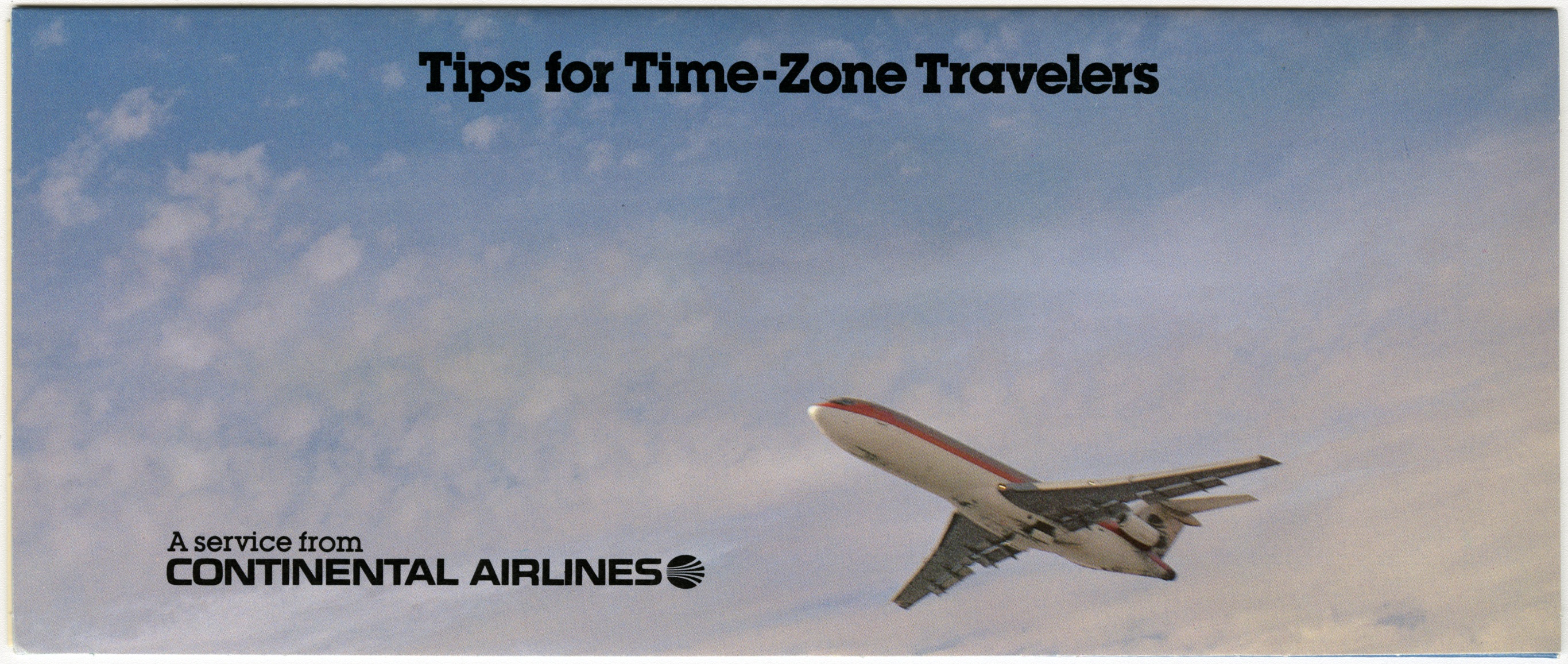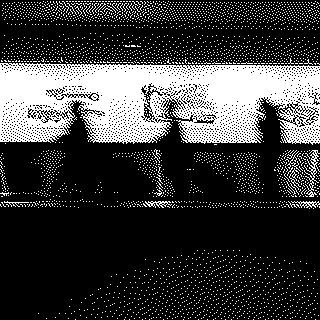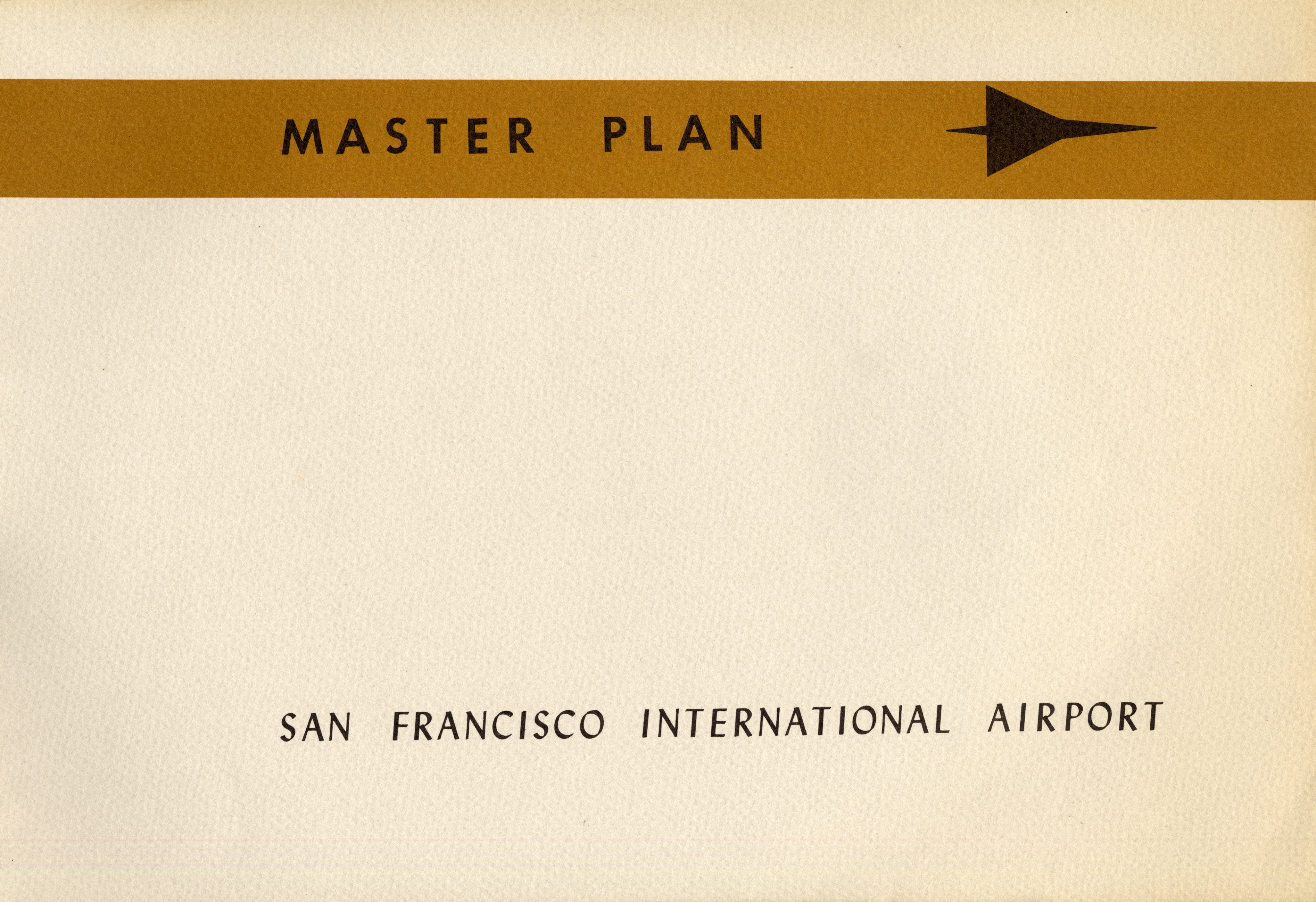Blog posts tagged aws
Geotagging at SFO Museum: Client-side EXIF, Web Components, Tilepacks, AppRunner and Live Demos
While this particular instantiation of the geotagging application is scoped to the physical boundaries of SFO the code itself is not specific to SFO Museum. It can be used, in combination with custom databases of map tiles and geographic data, with any image on your computer. This code will continue to be the common infrastructure that we build a SFO Museum application, specific to our needs, on top of.
This is a blog post by aaron cope. It was published on June 16, 2021 and tagged golang, geotagging, aws, reverse-geocoding, tilezen, maps and aws.
Geotagging at SFO Museum: Client-side EXIF, Web Components, Tilepacks, AppRunner and Live Demos
While this particular instantiation of the geotagging application is scoped to the physical boundaries of SFO the code itself is not specific to SFO Museum. It can be used, in combination with custom databases of map tiles and geographic data, with any image on your computer. This code will continue to be the common infrastructure that we build a SFO Museum application, specific to our needs, on top of.
This is a blog post by aaron cope. It was published on June 16, 2021 and tagged golang, geotagging, aws, reverse-geocoding, tilezen, maps and aws.
go-iiif version 2.1
Longer-term, and importantly, it also means the workflows we develop aren’t inextricably bound to Amazon services. Knowing that we don’t have to use AWS and knowing that there is an alternative avenue for accomplishing the same work in the future, should we ever need it, goes a long way towards making it easier for us to want to use AWS in the present.
This is a blog post by aaron cope. It was published on December 05, 2019 and tagged aws, golang and iiif.
Using the Placeholder Geocoder at SFO Museum
This is a long and technical blog post. The short version is: It is now easy, possible and inexpensive to install and operate a “coarse” geocoding service, with global coverage, support for multiple languages and stable permanent identifiers using openly licensed data, both locally and in ☁️ the cloud ☁️. We’ve made some additional tools to complement this reality and waded through some of the muck of modern software development so you don’t have to.
This is a blog post by aaron cope. It was published on November 04, 2019 and tagged aws, geo, geocoding, pelias, placeholder, sfo and whosonfirst.
Using IIIF (with AWS) at SFO Museum
At the end of that first blog post about go-iiif we wrote “An ideal scenario is one where a museum could upload a set of full-sized images to a AWS S3 bucket, wait for Amazon’s computers to process each image … and then find a new set of images to download (along with a reasonable bill for services rendered) in a different S3 bucket.” Today, that is possible.
This is a blog post by aaron cope. It was published on February 12, 2019 and tagged iiif, golang and aws.
Sweet spots between the extremes
This is a technical blog post about map tiles, caching, third-party services, so-called “serverless” computing and sustainability. It’s also about improvements to open-source software for managing all of that stuff.
This is a blog post by aaron cope. It was published on November 07, 2018 and tagged aws, golang, whosonfirst, maps, nextzen and rasterzen.
Maps (and map tiles) at SFO Museum
Maybe these maps are simply a fail-safe and only used when nothing else works. Their value then comes from giving us the confidence to try a more sophisticated approach while still having a way to get home safely, so to speak.
This is a blog post by aaron cope. It was published on July 31, 2018 and tagged maps, nextzen, sfo, aws, golang and rasterzen.






